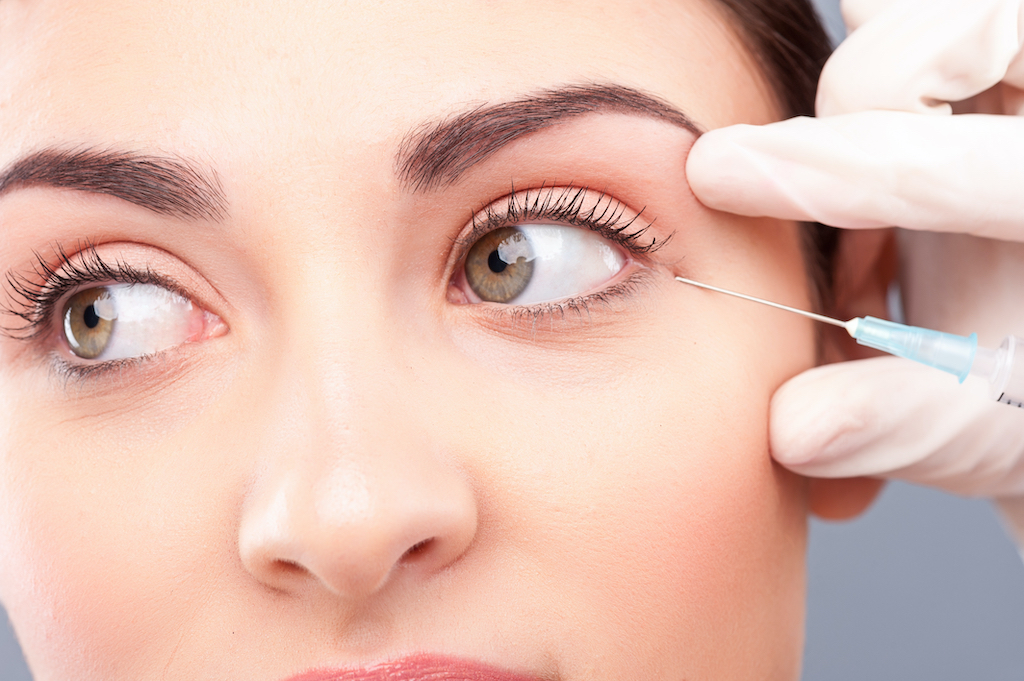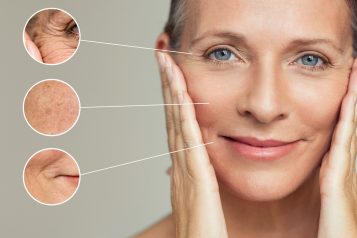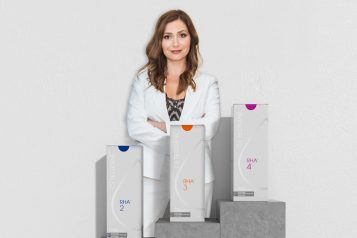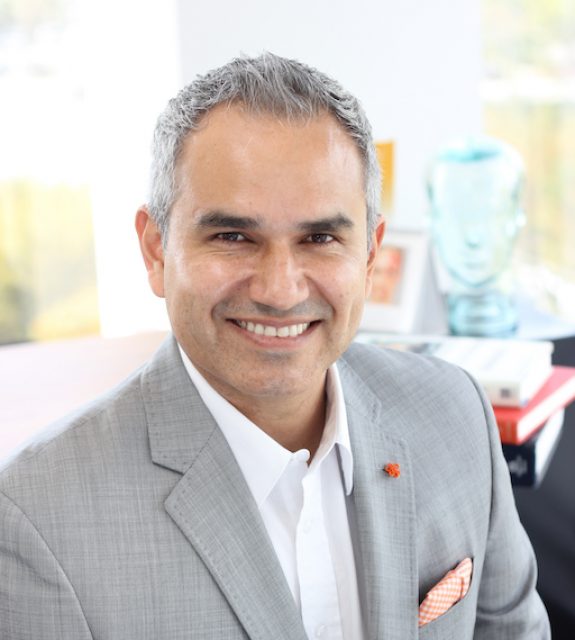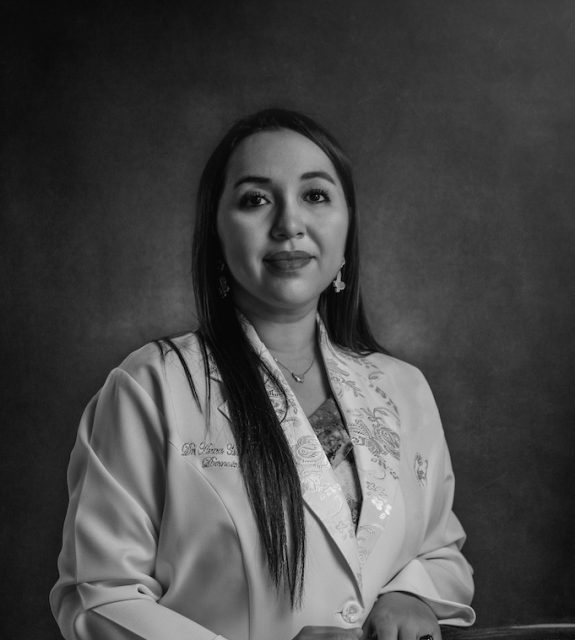Elizabeth Laikhter co-authored this article. 
Botulinum Toxin (Botox, Dysport) is an injectable compound derived from the bacterium clostridium botulinum that is used cosmetically to decrease the appearance of fine lines and wrinkles. Botox targets nerve endings of nerves that control muscle movement and acts to reduce the release of a molecule called acetylcholine, which results in decreased muscle contraction. The movement of muscles in the face is the source of lines and wrinkles that appear in the skin. When injected in precise locations, Botox can target specific muscles that produce those facial wrinkles, decreasing their prominence.
Botox can be used in many different ways by plastic surgeons to smoothen wrinkles and promote a youthful appearance. It is important to receive Botox from a board-certified plastic surgeon because they are experts in how the 43 facial muscles function and understand precise injection sites to target in each individual. Each person has unique facial expressions that they make, which determines where wrinkles appear on the face. At the first consultation visit, your board-certified plastic surgeon will be able to tell which facial muscles are used most often and target Botox injections to those muscles. For those interested in Botox, we describe how it can be used at different ages to maximize results.
Roaring Twenties
Some patients first consider getting Botox in their twenties, though few people have noticeable wrinkles at this time. At this age, the prevention of wrinkles is the primary focus, especially in those who are expressive when they speak. Common areas to target are the “frown lines” created by eyebrow furrowing and forehead lines that appear when raising the eyebrows. For those who do not yet have the appearance of any fine lines or wrinkles, Botox may provide little benefit at this age.
Thriving Thirties
In the thirties, fine wrinkles begin to appear in most people, and this might the age to consider preventative Botox before those wrinkles set in. Most injections at this age will be focused on preventing the appearance of deep wrinkles in areas where fine lines have already emerged. Treatments continue to be very individualized depending on how patients move their faces when they speak. Frown lines, forehead furrows, and crow’s feet are the most common areas targeted. Botox injections at this age aim to prevent deep wrinkles and smooth out fine lines that may have emerged.
 Photo Credit: ShutterstockFlirty Forties
Photo Credit: ShutterstockFlirty Forties
Botox in the forties aims to smoothen fine wrinkles that may have appeared from normal facial muscle movement. Injection location continues to be individually targeted to each patient. By relaxing certain muscles, wrinkles may soften and appear less prominent. With collagen production declining, therapies aimed at increasing collagen production such as lasers and minimally invasive skin treatments may be paired with Botox to boost results. Some patients may also notice that their wrinkles are from a loss of facial volume. In this case, fillers may be used in conjunction with Botox to decrease the appearance of wrinkles.
Fabulous Fifties
In the fifties, Botox injections continue to be customized to each patient and their unique facial expression pattern. Some patients are just starting Botox treatment in their fifties, while others are continuing to get age-appropriate Botox injections that they started earlier. By age 50, facial fullness may begin to decrease, particularly in women who have undergone menopause, and facial fillers may be combined with Botox to achieve a youthful look. Some patients may consider a facelift at this age, which is a more invasive treatment, and most commonly performed in patients 55 and older.
Spectacular Sixties and Beyond
There is no age limit for getting Botox, and patients often get injections into their seventies and eighties. Patients in this age range often benefit from dermal fillers in conjunction with Botox to attack wrinkles from multiple angles and reduce their appearance. Adding skin tightening treatments or laser treatments may help maximize the rejuvenating effects of Botox. Facelifts are also popular in patients 60 and older, and following up with Botox treatment can help maintain the effects of a facelift for longer.
Things to Remember At All Ages
Regardless of age, it is important to moisturize your skin with facial creams and protect it from the sun by wearing SPF and wide-brimmed hats outdoors. It is important to consult with a board-certified plastic surgeon before undergoing any cosmetic procedure so that you can develop a customized plan for your face and skin.
For more information, visit Dr. Samuel Lin's social media:







